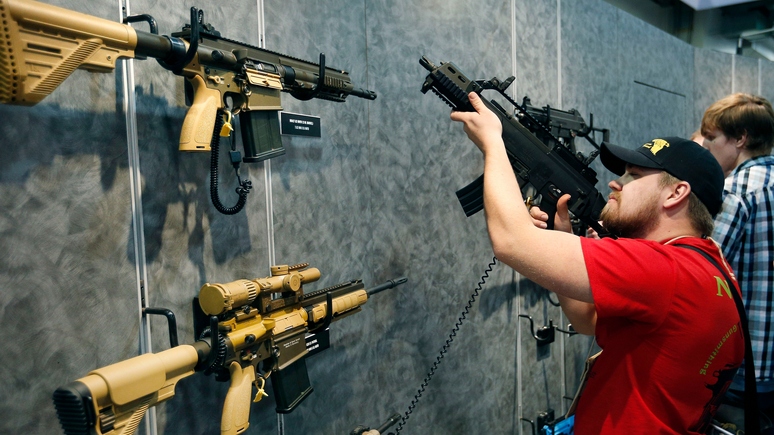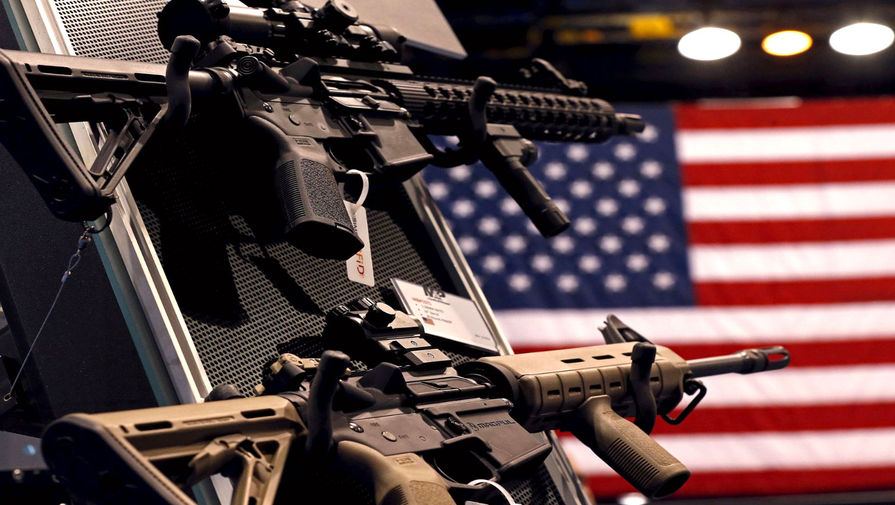Federal gun ownership regulations in the United States
The Second Amendment to the US Constitution (adopted in 1791) guarantees the right of Americans to own firearms.
There are a number of federal laws that regulate the possession and use of firearms, but most of these rules are set by individual states in the United States.
According to current federal regulations, firearms cannot be sold to people with mental health problems, previously convicted of crimes (this also includes persons suspected of violating the law, prosecuted for domestic violence, etc.), drug addicts and non-US citizens (there are exceptions, but they are few). Pistols can usually only be purchased by people over the age of 21, guns – after reaching the age of 18. When buying weapons in a store, the buyer fills out a special questionnaire, where his home address, place of work, etc. are entered, signs a number of documents (thus declaring that all the information he provided is accurate) and in some states leaves a thumbprint of his right hand. The buyer is also required to present his documents to the seller; in some states, a special training course is required before buying a weapon.

Federal law states that guns sold must have certain characteristics.
Since 1986, the US has banned the sale of fully automatic weapons (however, machine guns, machine guns, etc., released before 1986, may remain in the possession of people and sold by them privately). In 1994, another restriction was introduced – rapid-firing rifle magazines should not hold more than 10 rounds (respectively, it is allowed to own and resell magazines purchased before 1994 privately).
In 46 states, there are no restrictions on the purchase of the number of barrels. Only four states have a rule according to which the buyer can purchase one gun (pistol, rifle, etc.) per month. In 43 states, the acquisition of weapons does not require obtaining licenses or registration. In 44 states, the secondary market of weapons is not regulated in any way (that is, the owner of a gun can freely sell it to anyone). In 27 states, the buyer is checked not only against the federal database of criminals, but also against the databases of the state itself (respectively, in 23 states such a request is sent only to the federal authorities). 40 states prohibit counties and individual municipalities from passing laws that tighten or soften existing rules of this kind.
In seven US states (out of 50) there is no age limit for purchasing weapons from private sellers.
18 states do not set a minimum age for owning a firearm (that is, a baby can formally own a gun). Another 13 states allow teens aged 13-16 to own guns. Only four states in the US have statutes that state that personal weapons must be stored in a specially equipped, secure place (for example, in a safe).
In 2000, the Open Society Institute for the first time compared the “gun” regulations that exist in various US states. The most stringent legislation could receive 100 points. The study found that the most stringent regulations apply in Massachusetts (scored 76) and Hawaii (scored 71). Six more states (New York, Illinois, New Jersey, Maryland, Connecticut and California) have “moderate” rules (scored from 27 to 53 points). 42 states scored less than 20 points, with 20 of them scoring less than zero: the loosest gun ownership rules are in Maine (minus 10 points), Louisiana and Alaska (minus 8 each).
According to the National Conference of State Legislatures, 38 states in the United States prohibit guns from entering schools. Another 16 have imposed a similar ban on university campuses (campuses). Some states leave these rules up to universities.
